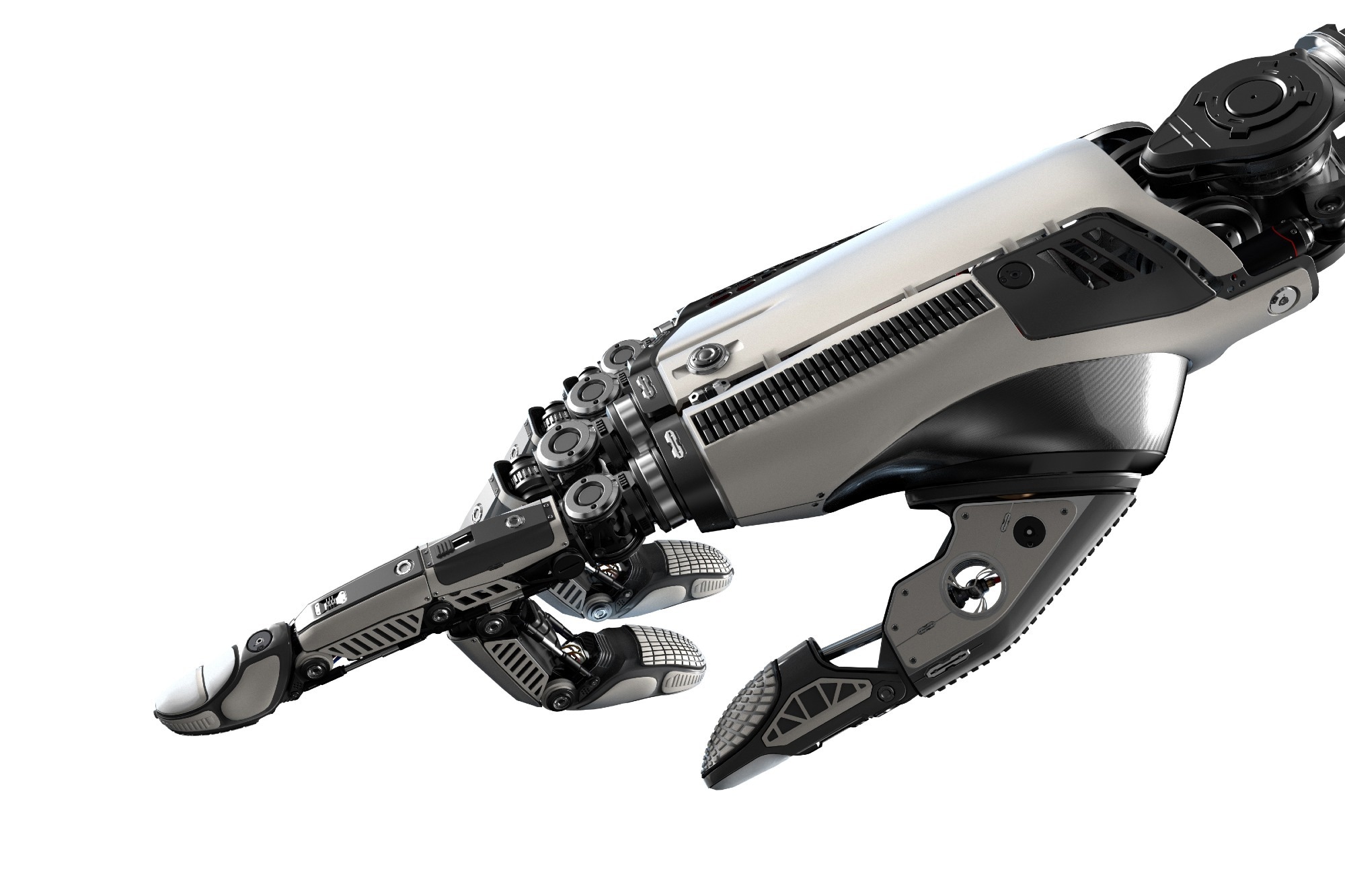
Image Credit: Shutterstock.com/ Willyam Bradberry
Now, researchers at the Beijing Institute of Nanoenergy and Nanosystems have developed a ‘smart finger’ that has the capacity to identify materials using “triboelectric” sensors that test its ability to gain or lose electrons, as well as determining other characteristics such its roughness, without the risk of causing damage. Published in the journal Science Advances, the team describes how they developed the triboelectric smart finger.
Machine Learning and Quantifying Material Parameters
Humans rely on haptic feedback as an essential sensory function when in direct contact or communication with the surrounding environment.
Tactile perception originates from the response of subcutaneous tactile corpuscles to different stimuli in the environment and the brain’s recognition of signals afferent through nerve fibers.
Dan Luo, CAS Center for Excellence in Nanoscience, Beijing Institute of Nanoenergy and Nanosystems
Typically, quantifying material parameters precisely at the psychological level of tactile perception can be a challenge when it comes to identifying the texture and roughness of a material. The smart finger developed by the researchers also uses machine learning to help improve the triboelectric tactile perception in the mechanism and aid human users of such systems.
Moreover, the team has reported that they have developed a smart finger that has surpassed human tactile perception, enabling accurate identification of material type and roughness through the integration of triboelectric sensing and machine learning.
They claim the smart finger has at least 90% accuracy when sensing the material surface, which suggests that the technology has potential use in automating robotic manufacturing tasks, including materials sorting and quality control assessments.
Developing a Smart Finger
In recent years, varied efforts have been made to design sensors or devices with the capacity to identify materials based on various strategies, such as computer vision, thermal conductivity, ultrasound, etc. As a result, computer systems and robots are becoming increasingly proficient at interacting with the world around them, but they will also require a sense of touch before they can reach their full potential.
When tested across a varied number of samples, such as plastic, wood, silicon and glass, the smart finger demonstrated an accuracy average of 96.8% and at least 90% accuracy for all materials.
The system integrates machine learning-based data analysis with four small square sensors, each made of a different plastic polymer that was specifically chosen for its electrically conductive properties. The sensors are housed in a case that resembles a finger, hence the name ‘smart finger’.
When the sensors come into contact with an object’s surface, electrons from each square begin to interact with the surface in a different manner, which the team was then able to measure.
Each of the sensors is connected to a processor and organic light emitting diode (OLED) screen, which highlights the material type being assessed. In effect, the researchers were able to quantify tactile psychological parameters using the triboelectric effect, which could set a new paradigm when it comes to modeling human tactile perception.
Real-World and Future Scenarios
In a real-world scenario, the processor could be directly integrated into a manufacturing control mechanism. The smart fingers could then perform quality control checks and determine whether products are up to manufacturing standards.
Beyond the industrial/manufacturing setting, smart fingers could also be used in prosthetics as robotic limbs with a sense of touch to enhance manipulation techniques and the handling of objects.
The team also aims to introduce other sensors into the system, which include pressure, temperature, and humidity sensors, to help improve the tactile simulation.
In the future, artificial intelligence chips will be integrated into smart fingers to make them “smarter” and confer the ability to process data independent of the computer.
Dan Luo, CAS Center for Excellence in Nanoscience, Beijing Institute of Nanoenergy and Nanosystems
References and Further Reading
Qu, X. and Liu, Z., et al., (2022) Artificial tactile perception smart finger for material identification based on triboelectric sensing. Science Advances, [online] 8(31). Available at: https://www.science.org/doi/10.1126/sciadv.abq2521
Disclaimer: The views expressed here are those of the author expressed in their private capacity and do not necessarily represent the views of AZoM.com Limited T/A AZoNetwork the owner and operator of this website. This disclaimer forms part of the Terms and conditions of use of this website.